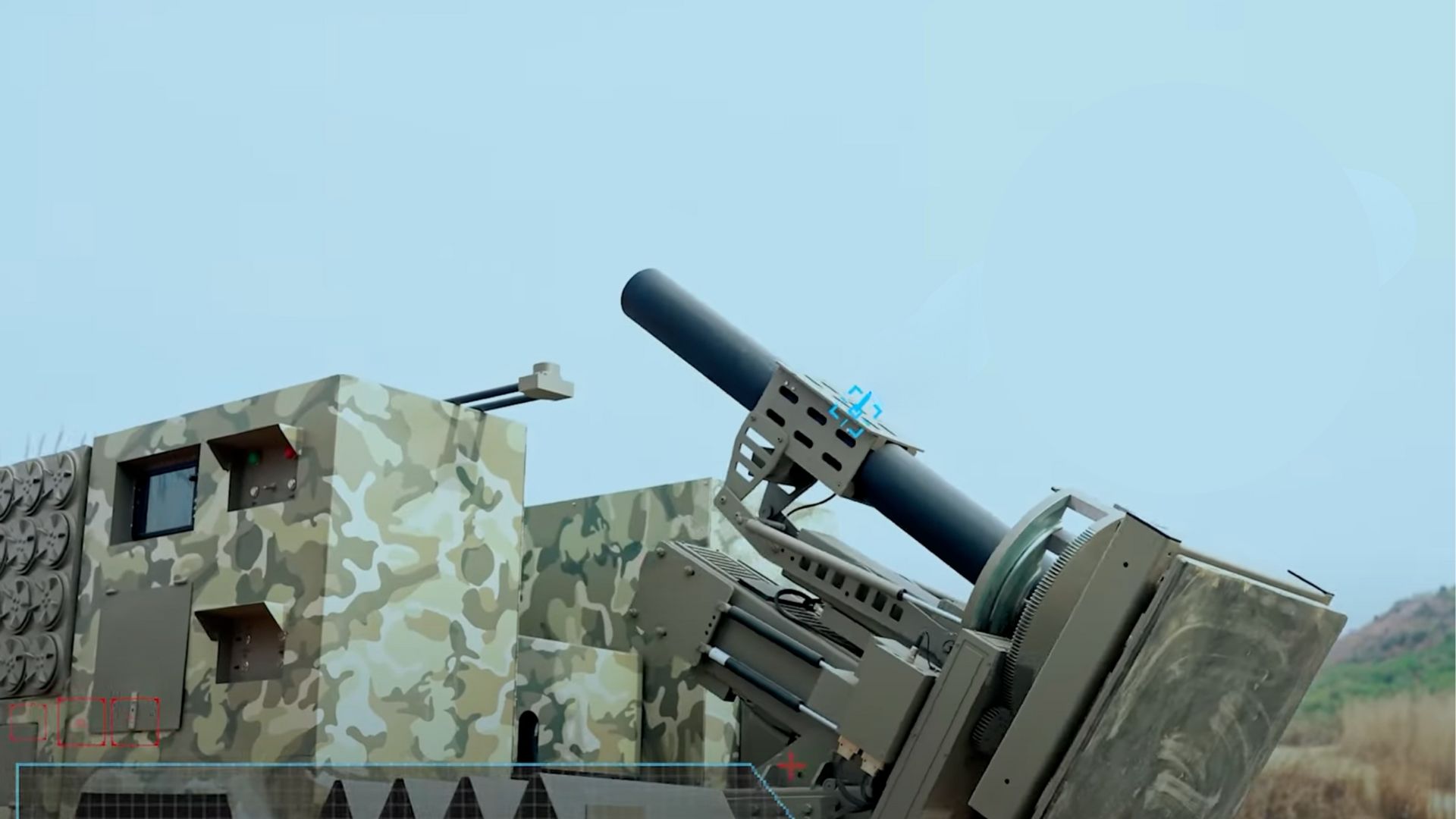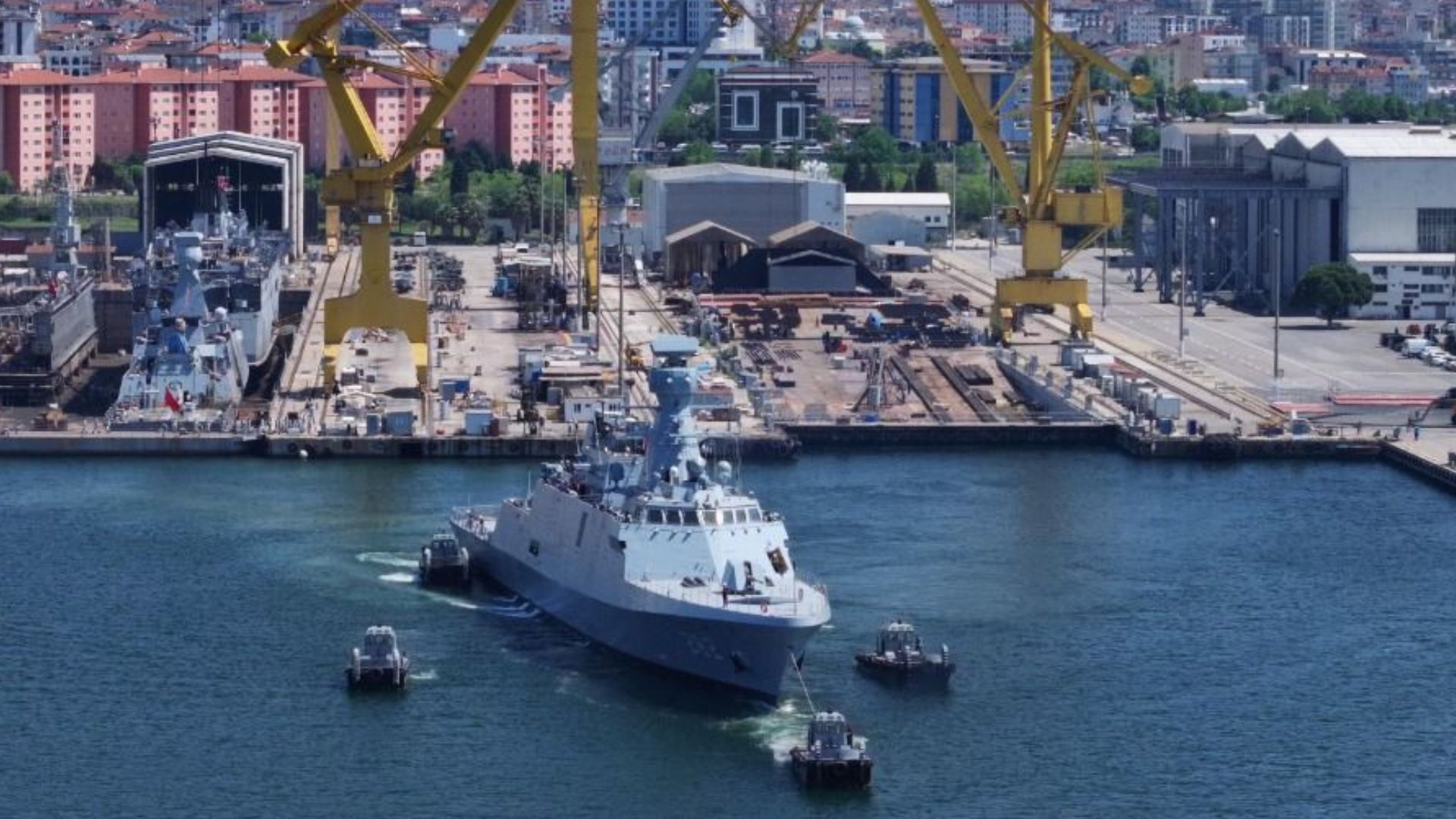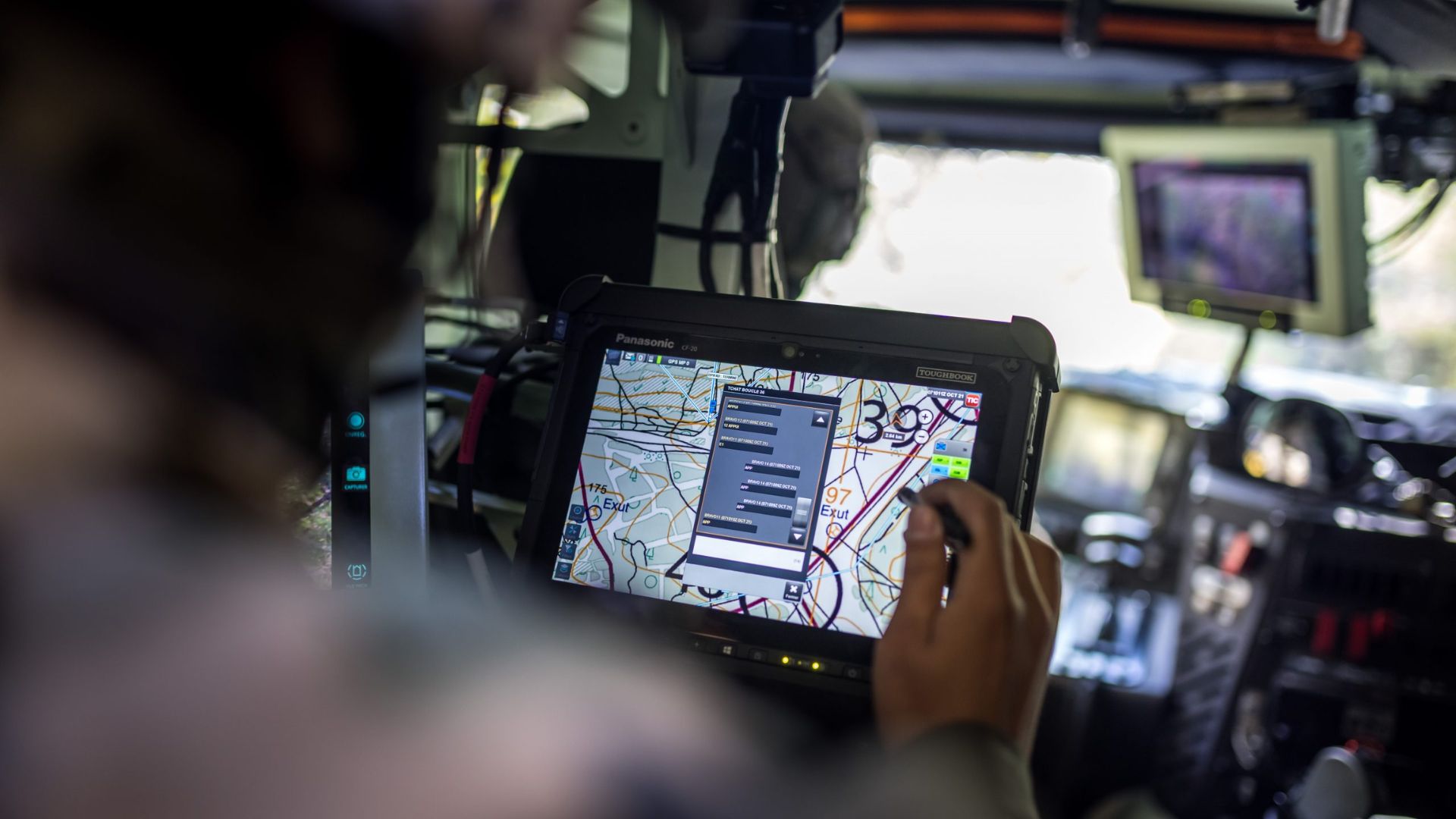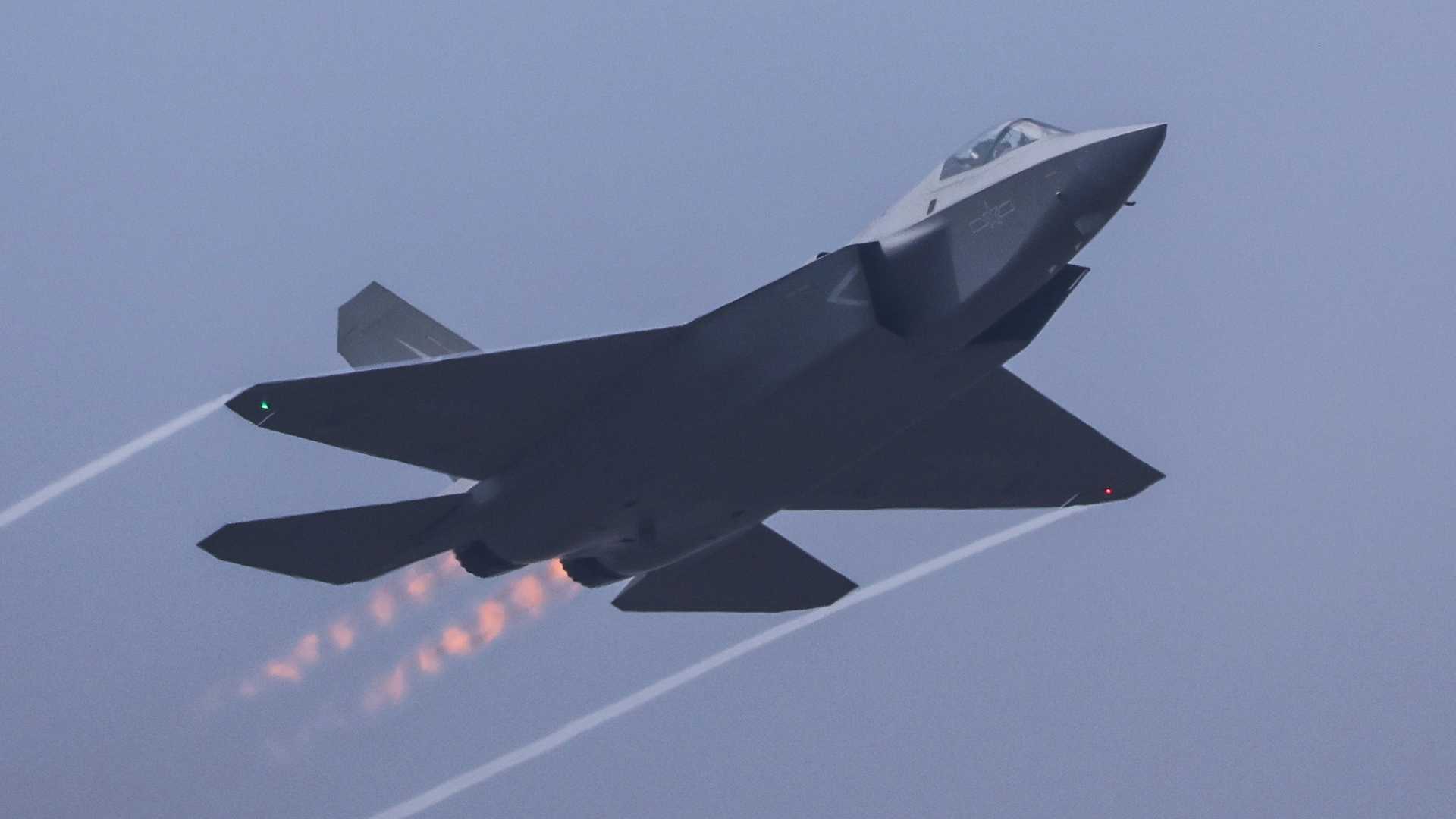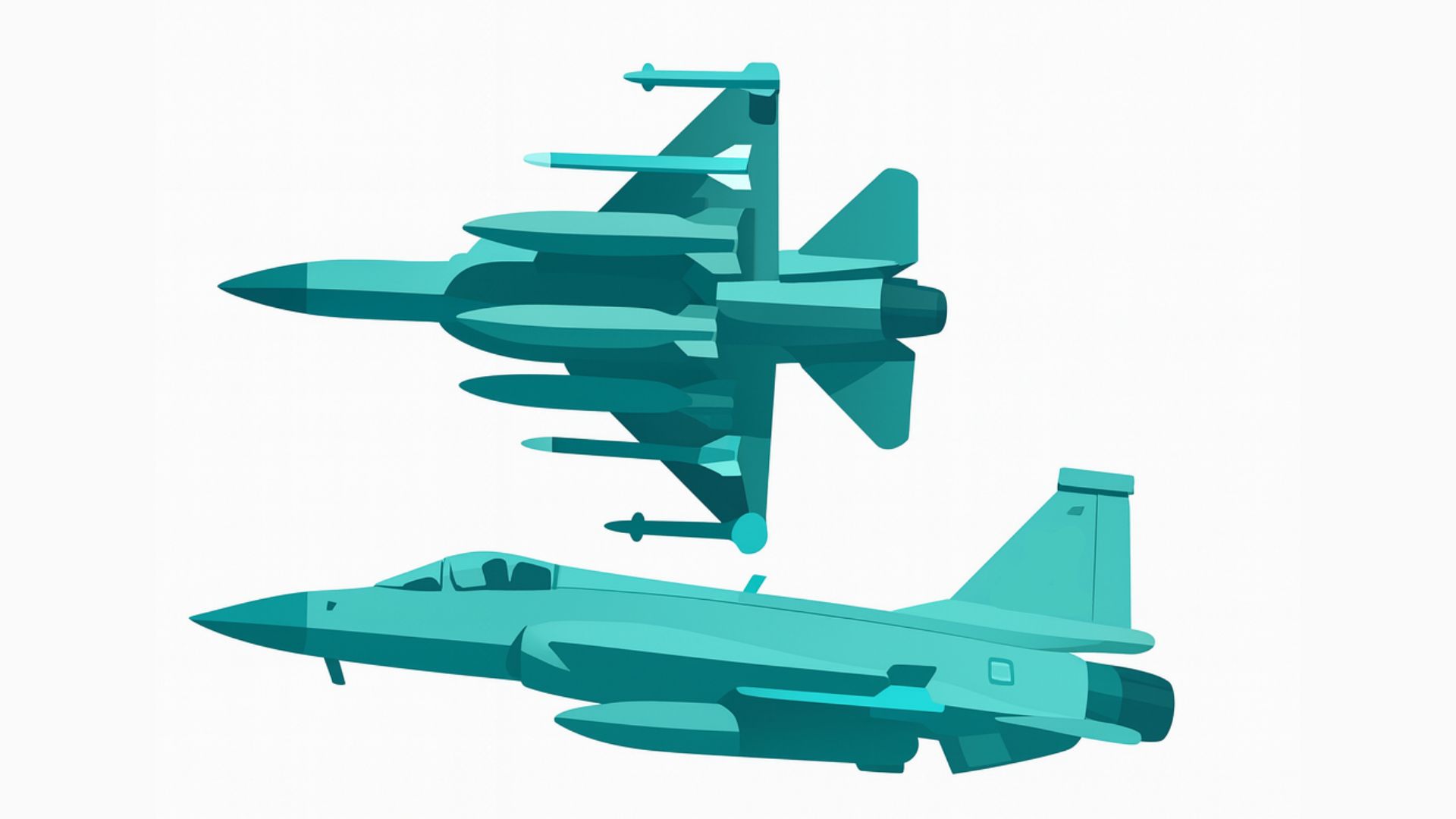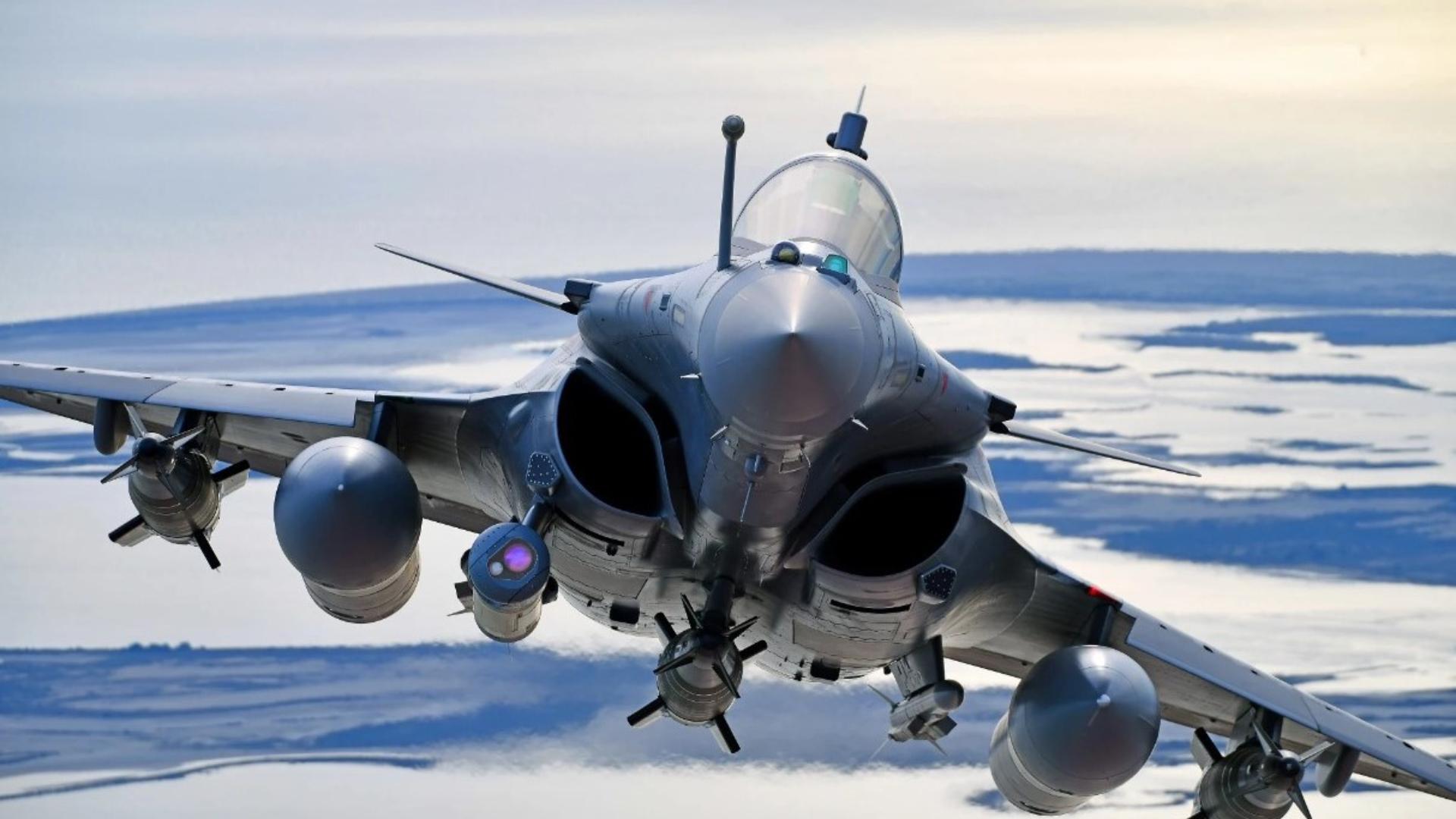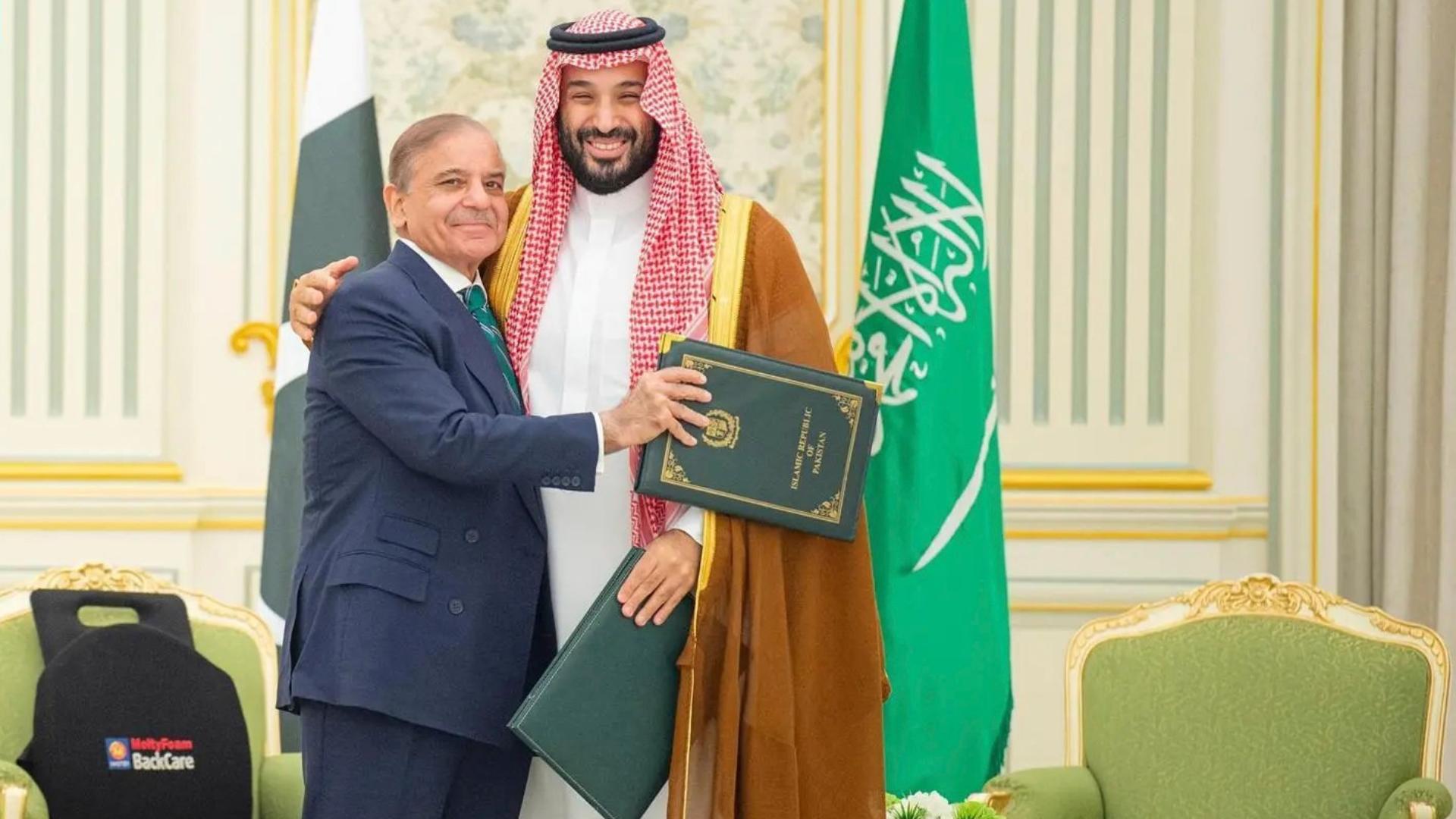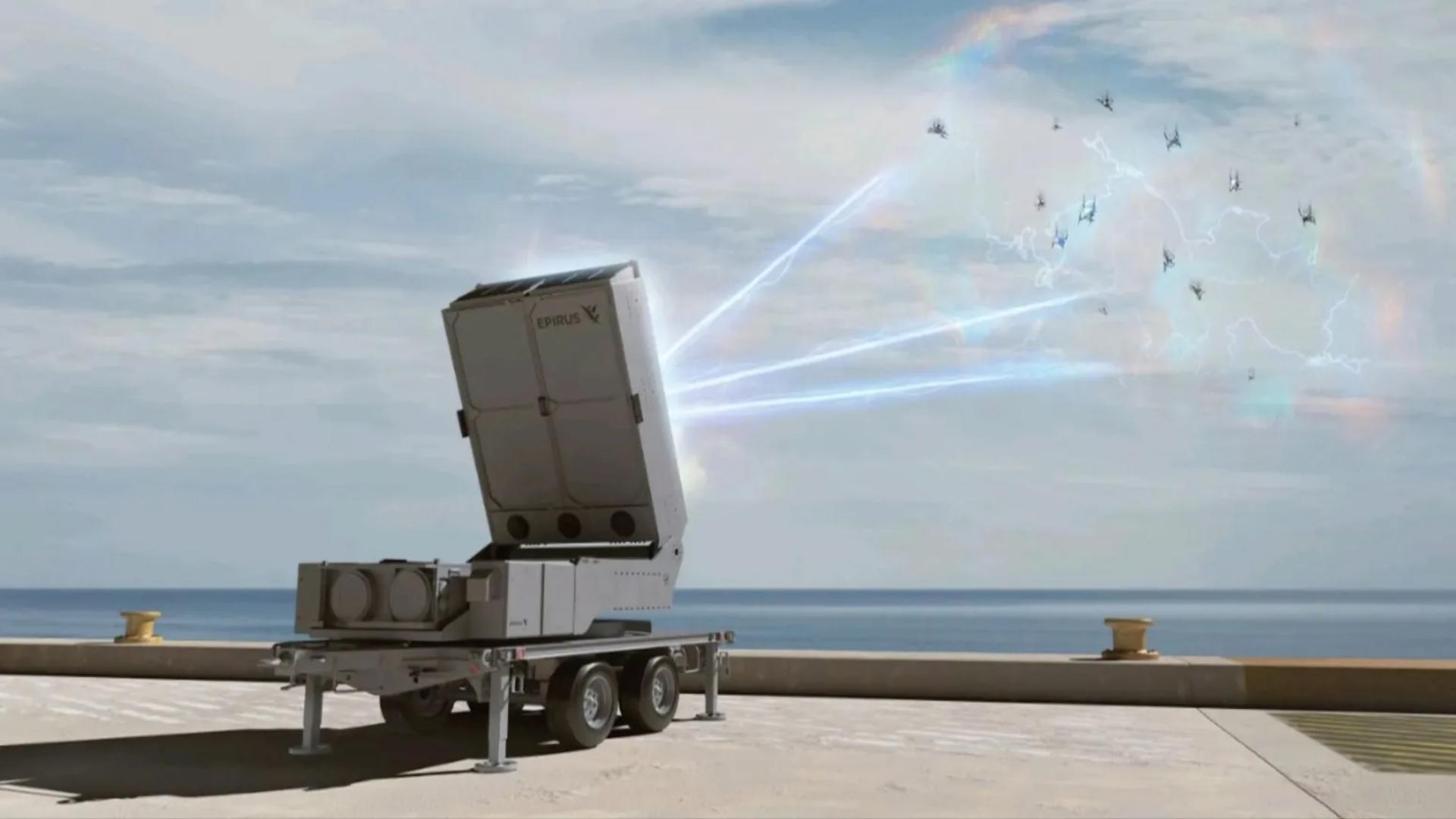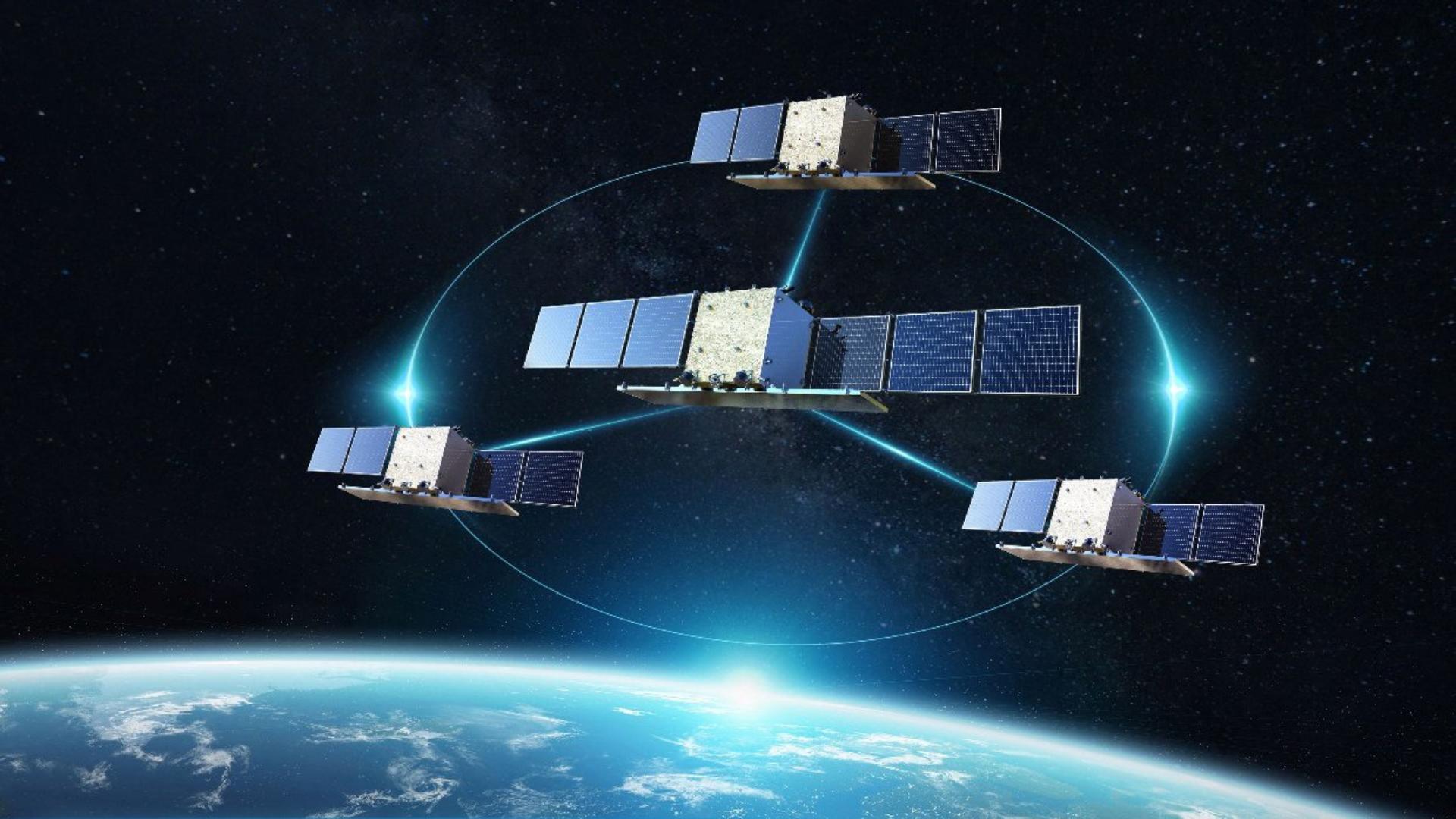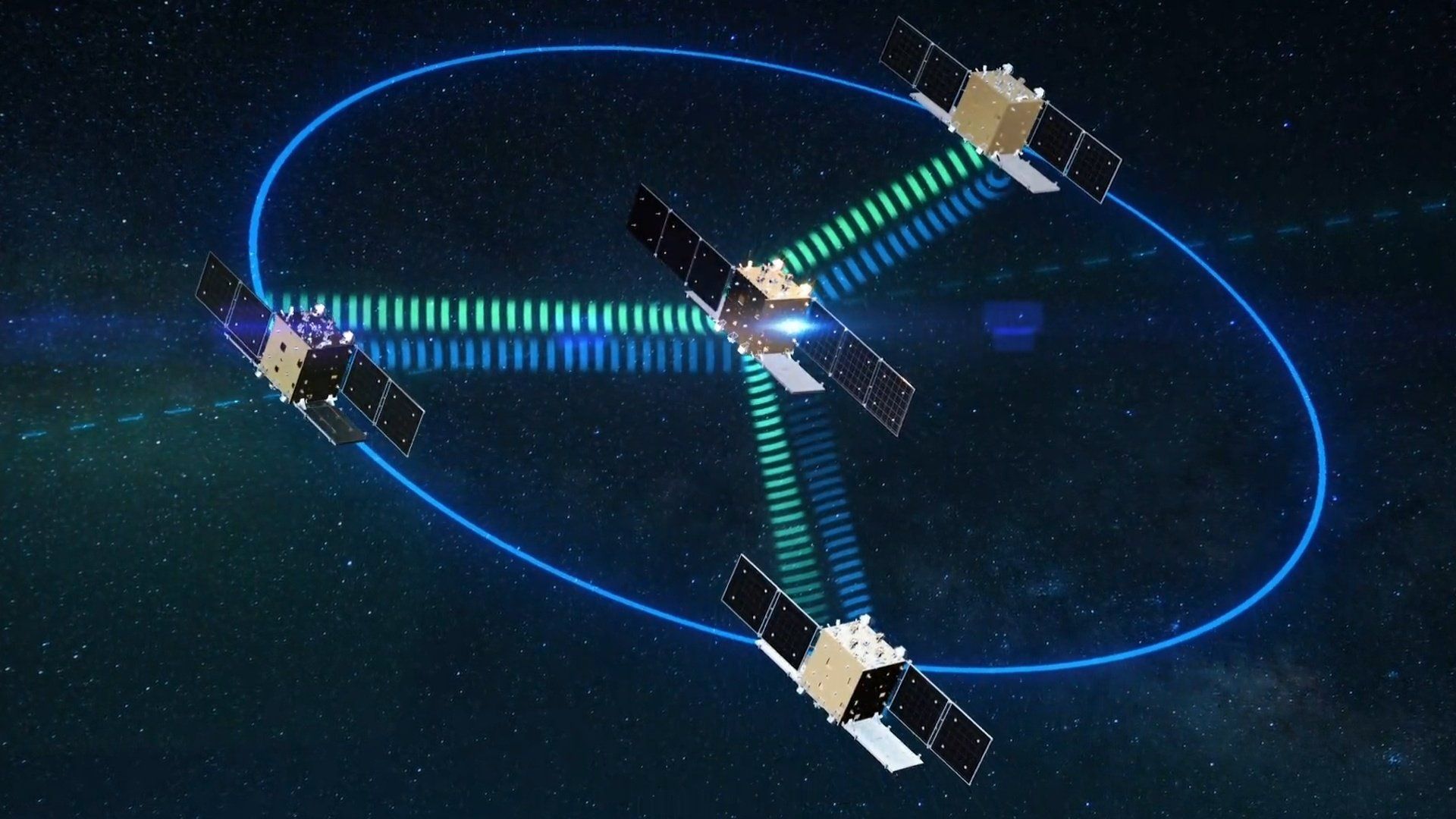Pakistan’s new AIMS mortar can fire and vanish in seconds. Discover how this rapid ‘shoot-and-scoot’ weapon is key to its next-generation war strategy.
After a decade of growth, Pakistan’s Navy faces its real test: sustainability. The next phase is not about building a bigger fleet, but a sharper, more lethal one.
In response to the IAF’s claims, Pakistan’s Air Force is turning to space. Find out how new satellites are revolutionizing military strategy and target management.
At Changchun Air Show 2025, the Aviation Industry Corporation of China (AVIC) showcased some of the air-to-air missile (AAM) options of the Shenyang J-35A.
The PAF’s future strike doctrine is shifting from a platform-centric model to a munitions-first approach, prioritizing a full ecosystem to defeat advanced A2/AD.
Recent reports indicating that the Indian Air Force (IAF) is urging the Government of India to initiate talks for an additional 114 Dassault Rafale fighters signal a potential paradigm shift in the country's defence procurement strategy. This move, if it materializes, would…
The new Saudi-Pakistan defence pact is more than meets the eye. It signals a major strategic shift in South Asia’s power balance. What does it really mean?
How can Pakistan counter drone swarms designed to drain its missile stockpiles? High-powered microwave weapons may be the cost-effective answer.
Pakistan signed a $406 million USD deal with China’s PIESAT for a constellation of over 20 imaging and communication satellites, a move that signals a profound shift in its strategic posture.
The agreement, which includes a full transfer-of-technology (ToT) for in-country satellite…
A $406M deal with China could give Pakistan a satellite network with hourly imaging capability, a leap in surveillance that could tip the regional balance.

